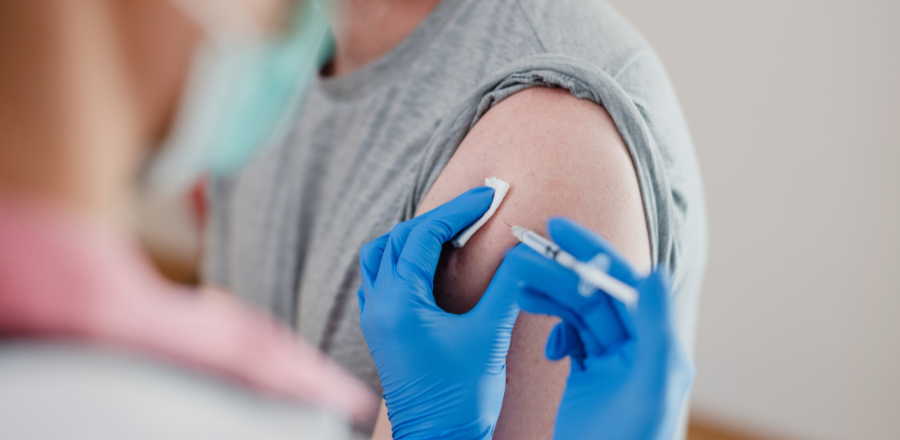NSW Department of Primary Industries (NSW DPI) Varroa mite tracing and surveillance work has confirmed nine new detections of Varroa mite in the Newcastle area, bringing the total number of infested premises to 73.
NSW DPI Acting Chief Plant Protection Officer Chris Anderson said nine new detections were detected within existing emergency zones at Raymond Terrace (4 premises), Mayfield East, Tarro, Heatherbrae (2 premises) and Ferodale.
“The overall area covered by the eradication zones hasn’t changed significantly, but a new emergency order has been issued to include the new sites,” he said.
“We have refocused our efforts on tracing and euthanising hives within the eradication zone, which has led to an increased number of detections in recent days.
“The good news is that all the confirmed cases either have clear links to existing cases or are geographically linked through the movement of hives or equipment, which continues to give us confidence we are on the right track.
“I’d also like to remind beekeepers that we have made allowances for the management of swarming in the zones.
“Empty supers can be placed on hives to manage swarming if you are not on an infested or suspect premise.
“Supers cannot be moved from any biosecurity zone and beekeepers must comply with conditions set out in the emergency order which can be found, along with a new swarming factsheet with further information, on the NSW DPI website, said Dr Anderson.”
DPI’s response plan for the eradication of Varroa mite in NSW follows a strategy agreed between the apiary industry, NSW DPI, neighbouring jurisdictions and the Commonwealth.
Australia is the only major honey producing country free from varroa mite, the most serious pest of honeybees worldwide.
A factsheet on swarming and more information is available from the Varroa mite emergency response page.







